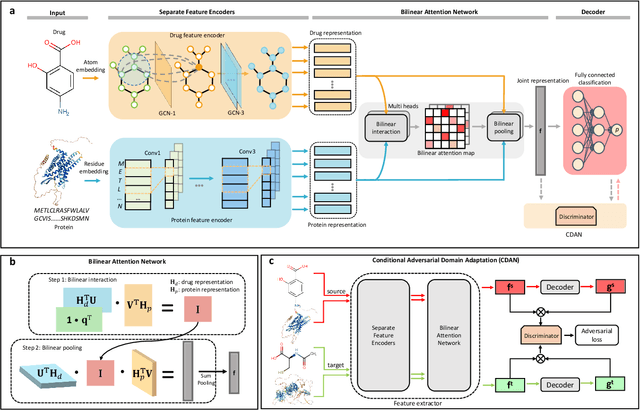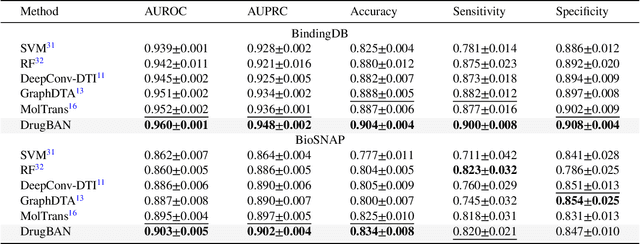Bino John
PHEE: A Dataset for Pharmacovigilance Event Extraction from Text
Oct 22, 2022



Abstract:The primary goal of drug safety researchers and regulators is to promptly identify adverse drug reactions. Doing so may in turn prevent or reduce the harm to patients and ultimately improve public health. Evaluating and monitoring drug safety (i.e., pharmacovigilance) involves analyzing an ever growing collection of spontaneous reports from health professionals, physicians, and pharmacists, and information voluntarily submitted by patients. In this scenario, facilitating analysis of such reports via automation has the potential to rapidly identify safety signals. Unfortunately, public resources for developing natural language models for this task are scant. We present PHEE, a novel dataset for pharmacovigilance comprising over 5000 annotated events from medical case reports and biomedical literature, making it the largest such public dataset to date. We describe the hierarchical event schema designed to provide coarse and fine-grained information about patients' demographics, treatments and (side) effects. Along with the discussion of the dataset, we present a thorough experimental evaluation of current state-of-the-art approaches for biomedical event extraction, point out their limitations, and highlight open challenges to foster future research in this area.
Interpretable bilinear attention network with domain adaptation improves drug-target prediction
Aug 03, 2022



Abstract:Predicting drug-target interaction is key for drug discovery. Recent deep learning-based methods show promising performance but two challenges remain: (i) how to explicitly model and learn local interactions between drugs and targets for better prediction and interpretation; (ii) how to generalize prediction performance on novel drug-target pairs from different distribution. In this work, we propose DrugBAN, a deep bilinear attention network (BAN) framework with domain adaptation to explicitly learn pair-wise local interactions between drugs and targets, and adapt on out-of-distribution data. DrugBAN works on drug molecular graphs and target protein sequences to perform prediction, with conditional domain adversarial learning to align learned interaction representations across different distributions for better generalization on novel drug-target pairs. Experiments on three benchmark datasets under both in-domain and cross-domain settings show that DrugBAN achieves the best overall performance against five state-of-the-art baselines. Moreover, visualizing the learned bilinear attention map provides interpretable insights from prediction results.
 Add to Chrome
Add to Chrome Add to Firefox
Add to Firefox Add to Edge
Add to Edge